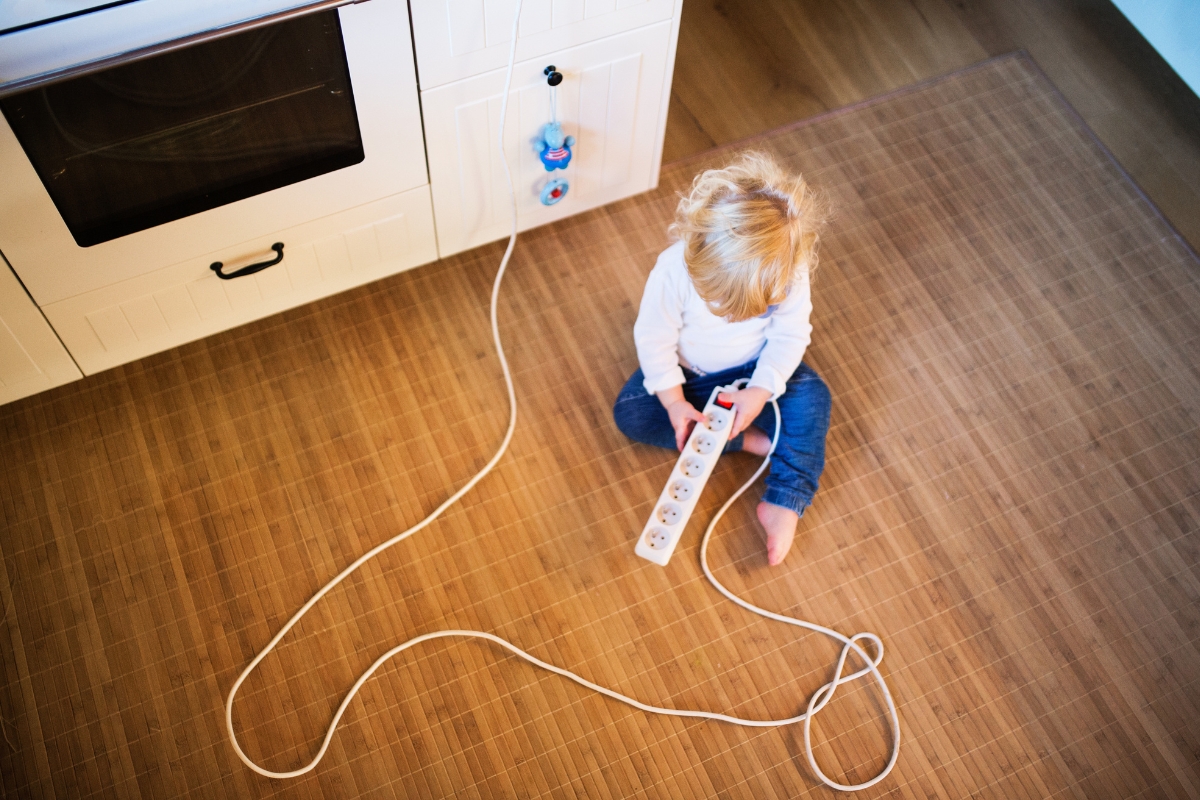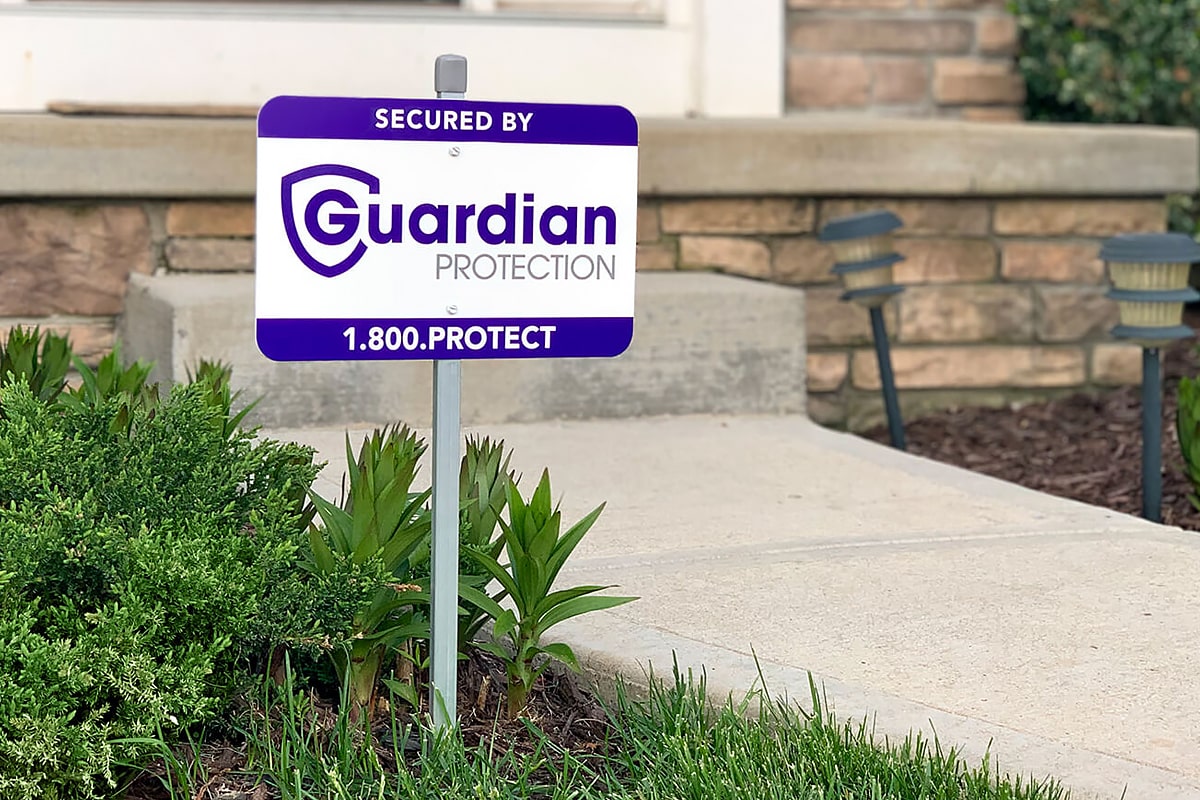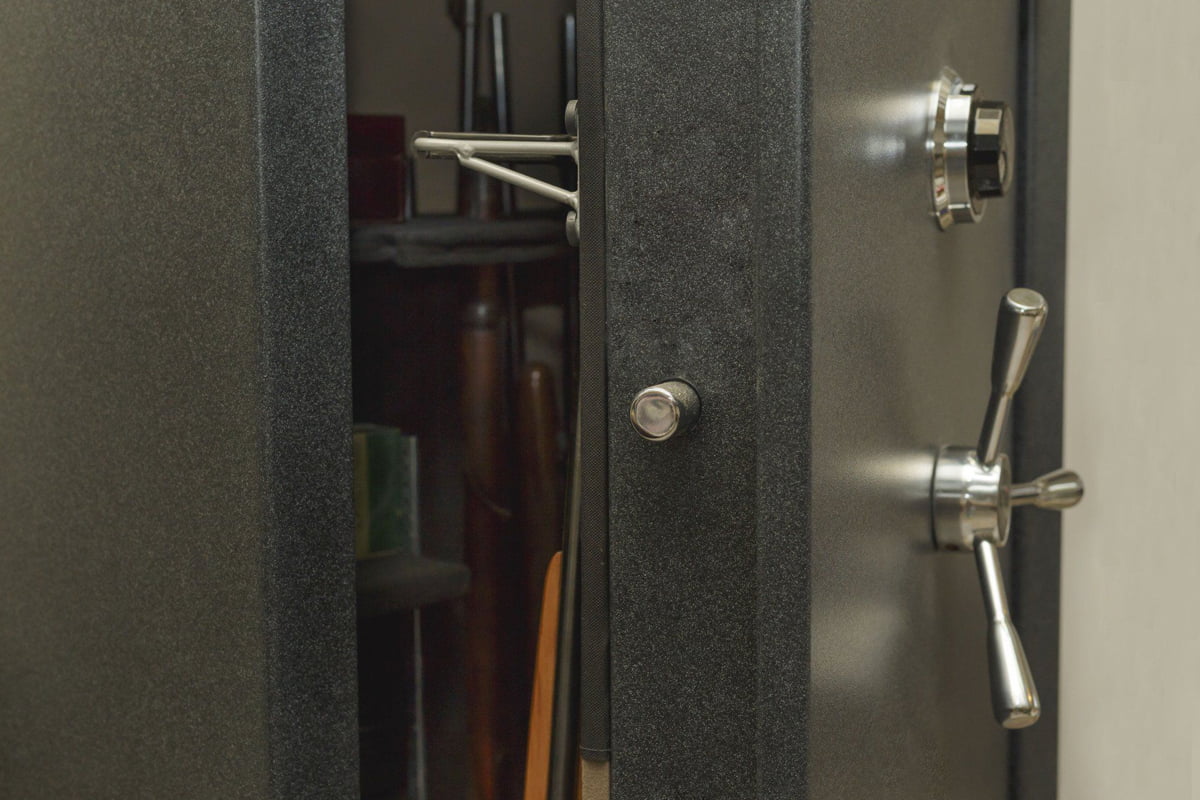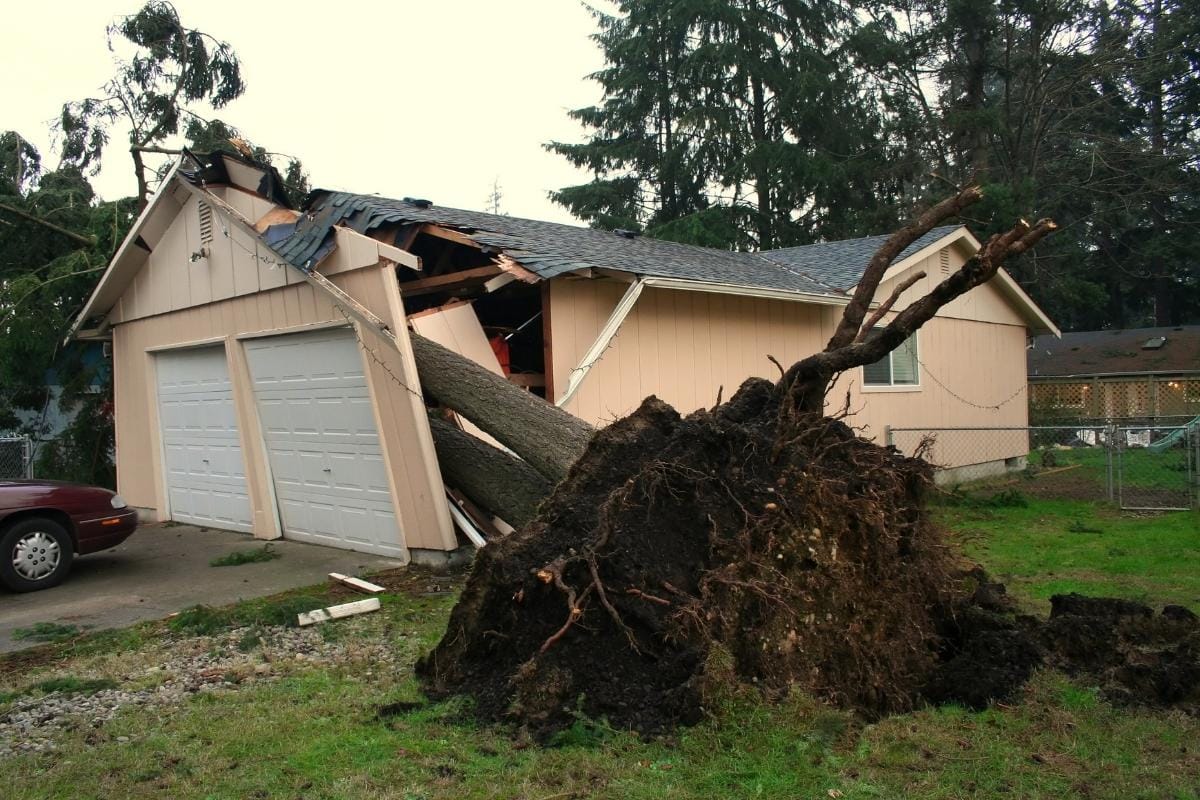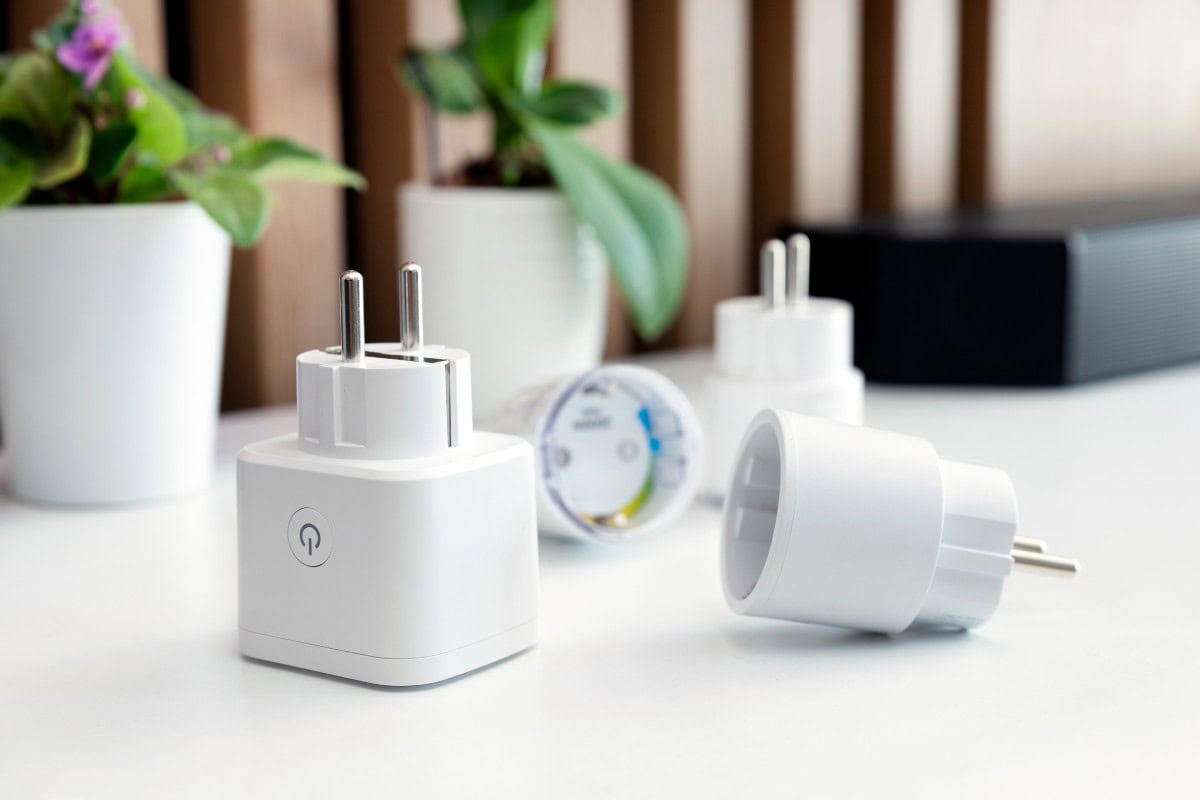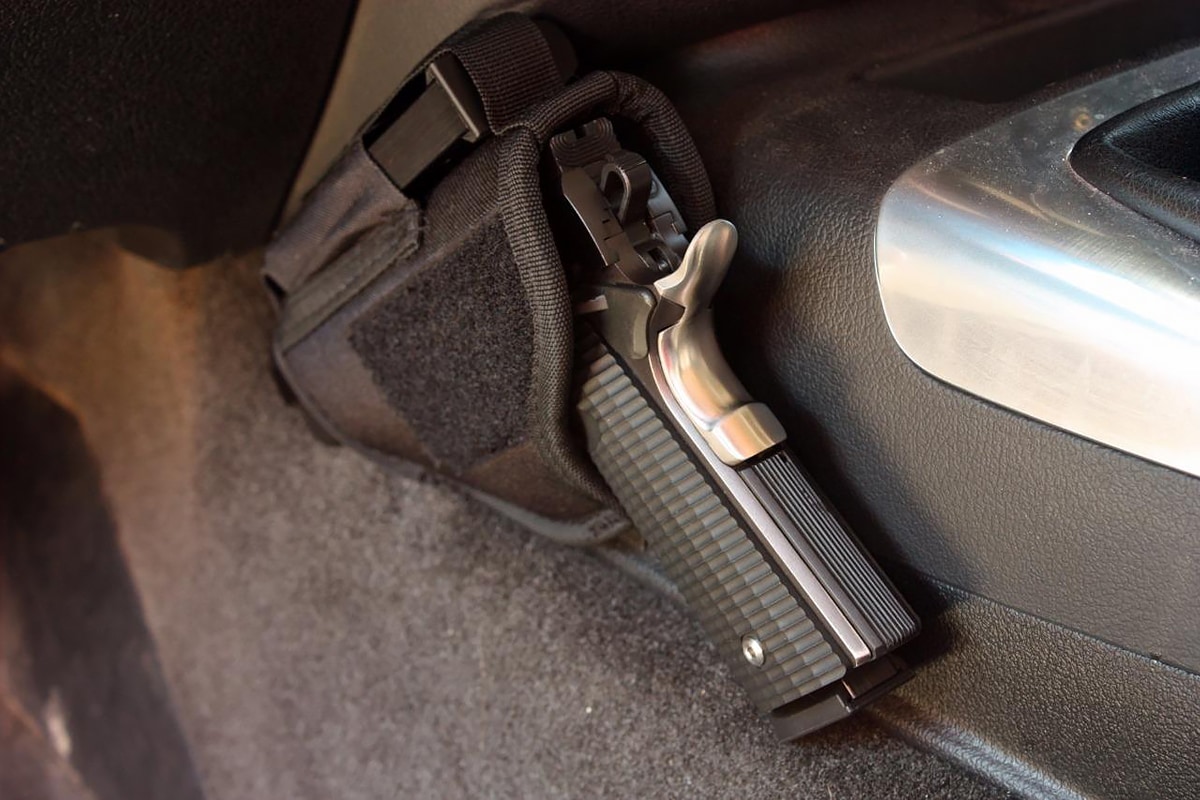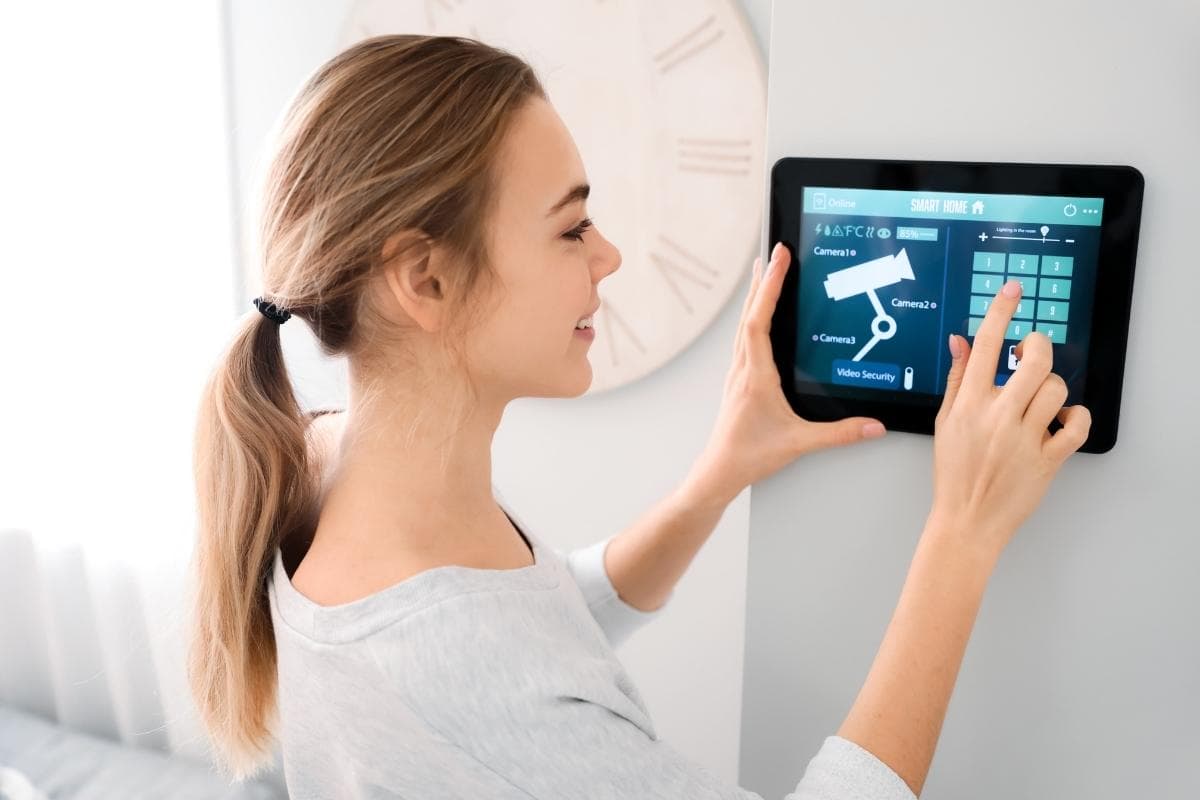Child safety in the home is of utmost importance because that is where most accidents happen. As a parent or guardian, you have a certain responsibility to make your home a place where your child can live with as little danger as possible. This means taking the time to examine your home carefully.
Clean up the Poison
Most American homes have at least 250 different poisons in them, so the first thing to do, depending on the item, is get rid of them, put them away, or educate your children about them. Though the number may seem high to you initially, consider some of the poisons commonly found in your home.
Nearly all houseplants, if ingested, are poisonous to children, so keep them out of reach and, when possible, situate them so that leaves do not fall to the floor. After a party, the cigarette butts, alcohol, and food left out overnight are all poisons, so clean up immediately to protect your children. Aside from those lesser acknowledged poisons, there are household cleaners that should be kept locked away and medicines that should be guarded as well. Child safety at home is all about knowledge and prevention, so keep yourself educated on household poisons.
Ensure Items Are up to Code
Another element of child home safety is making sure certain items are safe and up to code. If they do not conform to current standards or are not properly installed, they can actually be safety hazards. Child safety in the home is often dependent on keeping your child or children away from dangerous areas with baby or safety gates. An improperly installed gate will create a fall danger when at the top or bottom of stairs, and falls are the number one reason for child hospital stays.
Bathtub Safety
Bathtub safety is something that many people do not think about when considering child home safety. Did you know that your young child can drown silently in just a few seconds in only an inch of water? That is the reason you should always stay with your young child during bath time. If you do have to leave the bathroom, even if for a second, always take your child with you. Besides the danger of drowning, beware of burns from water or from the hot faucet after running hot water. A young child’s skin will burn twice as fast as an adult’s, so test water carefully with your elbow or forearm, where your skin is more sensitive to prevent burns.
Have an Emergency Kit
Child safety in the home is not just about prevention, though. It is also about knowing what to do when something does happen. Make sure that all of your emergency and first aid supplies are stored in a safe place and that your children know where that place is. Your emergency kit should contain first-aid supplies, flashlights, batteries, at least one other light source like matches or candles, blankets, food, water, and other personal supplies. Also, talk to your child about what to do when an emergency happens as well as where to go to find an adult.
Summary
Child safety in the home requires work in every room and in every aspect of your living space. The best way to ensure that your home is safe is to stay educated and up to date on home child safety issues and products to the best of your ability.

